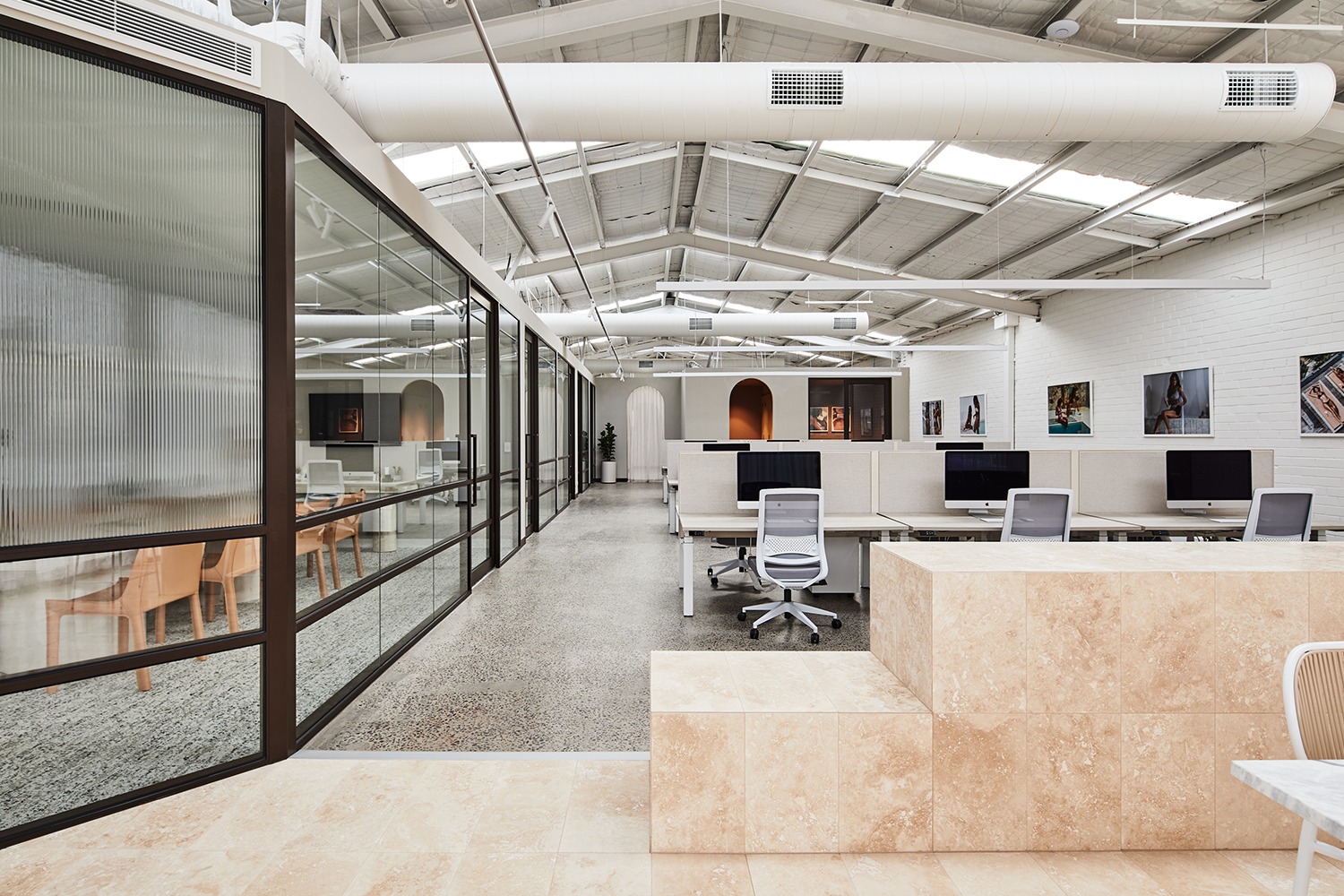
In the ever-evolving world of architecture, material choice plays a pivotal role in shaping the built environment. From towering skyscrapers to sleek residential homes, architects and builders are constantly seeking materials that balance structural integrity, aesthetic appeal, and environmental responsibility. Among these, aluminum has emerged as a frontrunner, revolutionising modern architecture with its versatility, durability, and sustainability.
This blog delves into the structural benefits and design flexibility of aluminum, examines its sustainability credentials compared to traditional materials, and highlights how innovative solutions from companies like Criterion Industriesare defining the possibilities of modern construction.
Aluminum’s rise in popularity within the architectural community can be attributed to its remarkable structural properties. Lightweight yet incredibly strong, aluminum offers a unique combination of performance characteristics that make it an ideal choice for a wide range of applications.
One of aluminum’s most significant advantages is its high strength-to-weight ratio. Weighing approximately one-third as much as steel, aluminum reduces the load on structural frameworks, making it particularly advantageous for large-scale projects such as high-rise buildings and expansive facades. This lightweight nature also simplifies transportation and installation, reducing both time and labour costs.
For instance, aluminum partitioning systems, like those offered by Criterion Industries, provide robust internal divisions without compromising the structural integrity of a building. These systems are not only durable but also allow for seamless integration into both contemporary and traditional designs.
Unlike many traditional materials, aluminum naturally forms a protective oxide layer when exposed to air, rendering it highly resistant to corrosion. This property makes it especially suitable for exterior applications, where exposure to moisture and harsh weather conditions is inevitable.
Aluminum’s thermal conductivity can be both a challenge and an opportunity. While it conducts heat efficiently, modern advancements in thermal break technology have addressed potential energy inefficiencies. Double-glazed aluminum windows and doors, for example, incorporate insulating barriers that reduce heat transfer, enhancing energy efficiency and occupant comfort.
A study published in the Journal of Building Engineering(2021) highlights how thermally broken aluminum systems contribute to improved energy performance in buildings, aligning with global efforts to reduce carbon emissions (Source).

Beyond its structural prowess, aluminum’s inherent malleability and adaptability have made it a favourite among architects seeking to push creative boundaries. Unlike rigid materials such as concrete or brick, aluminum can be extruded, bent, and shaped into virtually any form, enabling designers to realise their most ambitious visions.
Aluminum’s ability to be anodised, powder-coated, or finished in a variety of textures and colours allows architects to achieve diverse aesthetic outcomes. Whether aiming for a sleek, minimalist look or a bold, industrial statement, aluminum provides endless possibilities.
Criterion Industries’ aluminum sliding systems, for example, combine functionality with elegance, offering smooth operation and sleek profiles that complement modern interiors. These systems are increasingly being used in commercial spaces to create seamless transitions between spaces.

Silencio Aurora Aluminium door
In an era defined by climate change and resource scarcity, the construction industry faces mounting pressure to adopt sustainable practices. Aluminum stands out as a material that not only meets but exceeds many of these demands, thanks to its recyclability, low carbon footprint, and energy-efficient properties.
Aluminum is 100% recyclable without loss of quality, making it one of the most environmentally friendly materials available. According to the International Aluminum Institute, nearly 75% of all aluminum ever produced is still in use today, underscoring its circular economy potential (Source).
By choosing aluminum-based solutions, architects and builders contribute to reducing waste and conserving natural resources.
While the production of primary aluminum is energy-intensive, advancements in smelting technologies and increased reliance on renewable energy sources have significantly reduced its carbon footprint. Moreover, using recycled aluminum requires just 5% of the energy needed to produce new aluminum, resulting in substantial greenhouse gas savings.
A comparative life cycle assessment conducted by the European Aluminium Associationfound that aluminum outperforms materials like steel and concrete in terms of overall environmental impact, particularly when recycled content is prioritised (Source).
 347 Kent Street, Sydney - Gallium 100 & Aurora Aluminium doors
347 Kent Street, Sydney - Gallium 100 & Aurora Aluminium doors

Bali Body Fitout Brighton, Victoria - Platinum 90 partitioning
As the construction industry continues to evolve, the demand for materials that balance performance, aesthetics, and sustainability will only grow. Aluminum, with its unparalleled structural benefits, design flexibility, and eco-friendly credentials, is poised to continue leading the way in shaping the future of modern architecture.
Companies like Criterion Industriesare at the forefront of this transformation in Australia, offering innovative aluminum-based solutions that empower architects and builders to create spaces that are as functional as they are beautiful. By embracing aluminum, we take a significant step towards a more sustainable and resilient built environment.

Poor acoustics in modern office design represent more than just an inconvenience—they’re a hidden cost with far-reaching implications for productivity, wellbeing, and finances.

When designing commercial spaces, requires balancing two key objectives: maximising space efficiency and achieving high acoustic performance.
